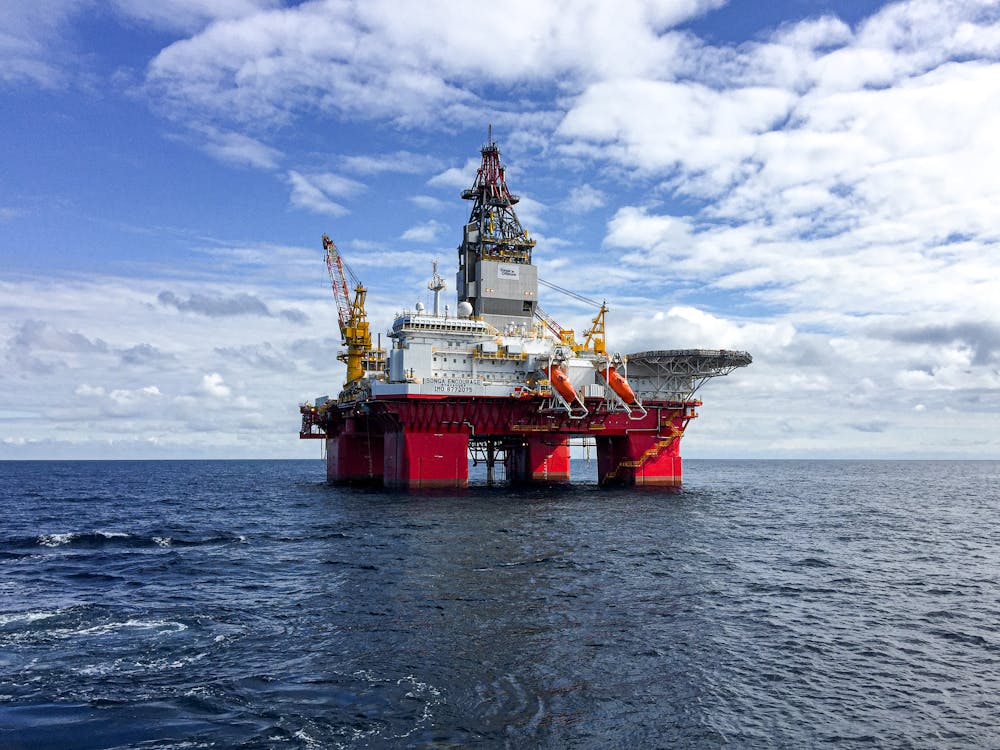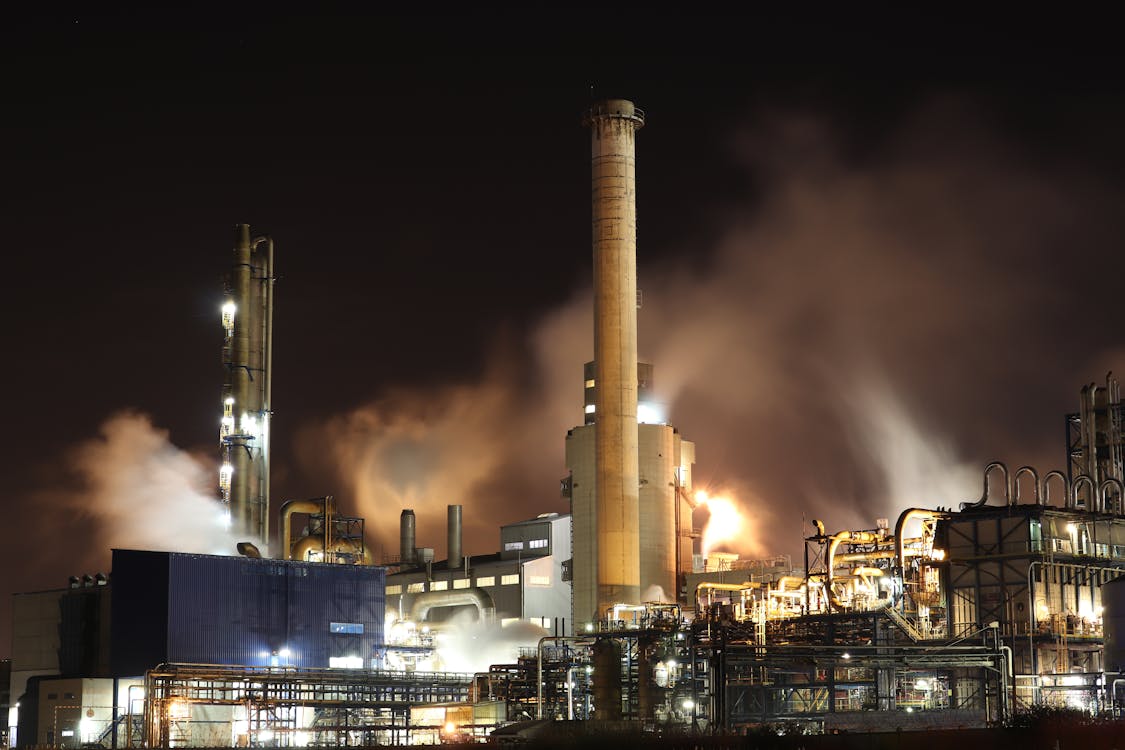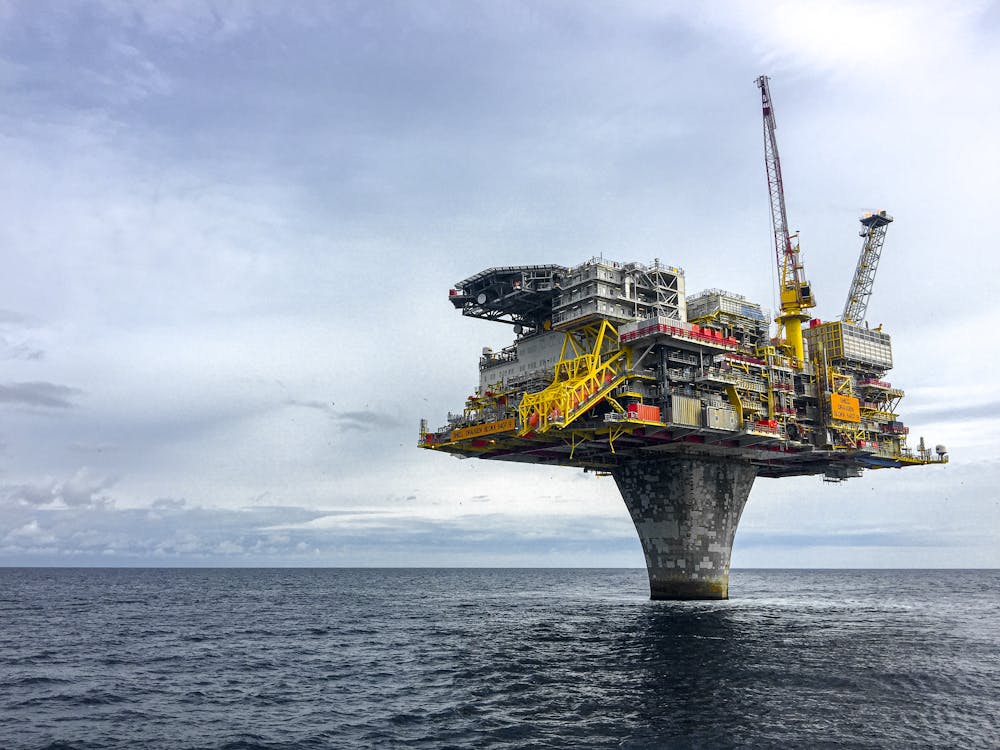Oil and natural gas are the fuels that keep the globe turning. Both are highly sought after and have widespread application throughout many sectors, from transportation and manufacturing to power generation. Although oil and gas extraction might be complicated, this guide will help you comprehend the industry’s fundamentals.
Having a firm grasp on the extent and depth of gas and oil production is crucial for maximizing the efficiency of these operations. A thorough understanding of the tools and techniques employed in the extraction of oil and gas is also advantageous.
This blog will present a comprehensive review of the oil and gas sector, covering topics such as the methods employed to obtain the raw materials, the magnitude of the market, and the cutting-edge technology that has made gas and oil production more cost-effective.
Oil & Gas Production – Introduction
The term “oil and gas production” refers to the operations of extracting petroleum and natural gas from the ground. The oil & gas sectors are crucial to global prosperity because they supply commodities used in a wide variety of businesses. The petroleum and natural gas sectors are one of the world’s biggest and most complicated markets.
It considerably impacts international trade and is a key aspect in propelling scientific advancement. It’s no secret that the oil and gas business is a major global provider of employment, with millions of people depending on it. However, the ongoing crisis in the oil and gas markets has put tremendous pressure on the oil & gas sector to reduce costs and improve efficiency.
Need mud logging total gas unit? CNPS can help!
The Method of Oil and Gas Production
There are three major stages in the production of oil and gas, each of which has three additional stages:
Step 1 – Upstream
The first step of oil & gas production is known as upstream, and it primarily refers to the procedures used to locate and produce oil and gas sources. Oil exploration, drilling, & exploration are all part of this stage.
· Exploration
This stage involves the exploration of oil and gas deposits by geologists and other specialists. Seismic surveys are frequently used to locate probable oil and gas deposits after conducting a geological examination of the area. Drilling can start once a gas or oil deposit has been located.
· Drilling
Drilling can start as soon as a possible oil or gas deposit is found. Drilling involves creating a hole inside the earth’s surface to reach oil and natural gas reserves. The depth and location of the gas or oil deposit will determine the method of drilling that is used.
· Extraction
Following drilling, a variety of techniques can be used to retrieve oil and gas from the earth. The three most popular techniques are primary, secondary, and tertiary recovery. Primary recovery is the initial stage of oil and gas production and relies on the natural pressure in the reservoir to bring the hydrocarbons to the surface.
This method is used in the early stages of a reservoir’s life and can recover about 10-15% of the total oil in place. This stage is characterized by high flow rates and low effort. Secondary recovery is the next stage of production, where the reservoir pressure begins to drop and production declines.

In this stage, water, gas, or other substances are injected into the reservoir to increase pressure and push oil toward the production well. This method can recover an additional 20-40% of the total oil in place, but the flow rates are much lower than in primary recovery. Secondary recovery methods are relatively simple and widely used, but they also have the potential to damage the reservoir and the environment if not carefully managed.
Tertiary recovery, also known as Enhanced Oil Recovery (EOR), is the final stage of oil production and involves using advanced techniques such as thermal, chemical, or biological methods to extract oil from the reservoir. This method can recover an additional 20-50% of the total oil in place, depending on the EOR method used and the reservoir characteristics.
EOR methods are typically more complex and expensive than primary and secondary recovery methods, but they can significantly increase the amount of recoverable oil from a reservoir.
On the hunt for a geological equipment supplier? CNPS is your best option for it!
These three stages of oil recovery are used sequentially to maximize the recovery of oil and gas from a reservoir. Each stage has its advantages and limitations, and the optimal approach will depend on the reservoir characteristics and the specific circumstances of each project.
Step 2 – Midstream
The second phase of oil & gas production is known as midstream, and it includes all of the activities related to transporting, collecting, and refining oil and gas.
· Processing
After being dug up from the earth, oil and gas must be treated to eliminate contaminants. Oil and gas are often separated from water, solids, and other impurities during the processing stage.
· Storage
Following processing, oil and gas must be stored before being sent to markets. Usually, tanks or reservoirs are used to keep oil and gas. These warehouses are frequently found near the locations where gas and oil are produced.
· Transportation
Transporting gas and oil to the market is necessary once they have been refined and stored. Trains, tankers, and pipelines are among the most widely used oil and gas transportation modes.

Step 3- Downstream
The third step of oil & gas production, known as downstream, deals with the activities related to marketing and distributing petroleum and natural gas products. Oil and gas commodities are refined, marketed, and distributed during this phase:
· Refining
Oil and gas must be refined after being supplied to the market to meet client requirements. Oil and gas are typically separated into several fractions throughout the refining process, like diesel, gasoline, and propane.
· Marketing
After refining oil and gas, potential buyers must be reached through marketing. Selling oil and gas commodities, negotiating agreements, and promoting oil and gas goods are all common parts of the marketing process.
· Distribution
After being marketed, oil and gas must be distributed to consumers. The following are typically involved in the distribution phase:
- Delivering Gas And Oil Products To Consumers
- Preserving Oil And Gas Supplies
- Supplying Gas And Oil-Related Goods

Benefits Of Oil And Gas Production Tools And Technologies
Oil and gas production is a complex and challenging industry that requires a wide range of specialized tools and technologies to extract and process hydrocarbons safely, efficiently, and cost-effectively. Deploying production solutions can be challenging since it entails managing the entire lifespan of oil wells and fields.
It’s critical to check whether the drilling & completion process left no gaps that need to be filled. After closely utilizing and integrating your findings with the drilling crew, you can go on to apply your high-tech production solutions and technologies to get the desired results.
Over the years, advances in technology have improved the performance, safety, and environmental impact of oil and gas operations. Here are some of the benefits provided by production technology and solutions:
1. Increased Production Rates
One of the primary benefits of oil and gas production technologies is increased production rates. Advances in drilling techniques, such as horizontal drilling and hydraulic fracturing, have significantly increased the amount of recoverable oil and gas.
Horizontal drilling allows for the drilling of longer laterals, which increases the amount of exposed reservoir and enhances production rates. Hydraulic fracturing, also known as fracking, is a technique that uses high-pressure fluids to create fractures in the rock formations, which increases the permeability of the reservoir and enhances the flow of hydrocarbons.
2. Improved Safety
Another important benefit of oil and gas production tools and technologies is improved safety. Automation and digitalization have reduced the need for human intervention in hazardous operations, reducing the risk of accidents and injuries.
For example, remotely operated vehicles (ROVs) can be used to perform routine maintenance tasks, such as inspecting pipelines and checking equipment, without the need for human workers to enter hazardous environments. In addition, digital technologies, such as sensors and control systems, can be used to monitor operations in real-time, providing early warning of potential safety issues.
3. Increased Efficiency
The use of new technologies has also improved the efficiency of oil and gas operations. Real-time monitoring and control systems allow operators to identify and respond to production issues quickly and efficiently, reducing downtime and maximizing production. Automated drilling systems have reduced the time required to drill a well, and sophisticated data management tools allow for the efficient analysis of large amounts of data, enabling informed decision-making and continuous improvement.

4. Reduced Environmental Impact
Another important benefit of oil and gas production technologies is reduced environmental impact. New technologies have reduced greenhouse gas emissions, water usage, and waste generated during oil and gas production.
For example, advanced water treatment and recycling systems have reduced the amount of water used in hydraulic fracturing, and carbon capture and storage technologies have reduced greenhouse gas emissions from production operations. In addition, new technologies, such as multi-well pad drilling, have reduced the amount of land disturbed by drilling operations, minimizing the impact on local ecosystems.
5. Enhanced Resource Recovery
Improved reservoir management and enhanced oil recovery (EOR) techniques have increased the amount of recoverable oil and gas, leading to higher production yields and improved cost-effectiveness.
For instance, EOR techniques, such as thermal EOR, chemical EOR, and CO2 EOR, can increase the amount of oil recovered from a reservoir by changing the physical and chemical properties of the hydrocarbons.
In addition, advanced reservoir simulation tools allow operators to model and optimize production, helping to ensure that the maximum amount of oil and gas is recovered from a reservoir.
6. Improved Data Management
Finally, advanced data management tools and technologies play a critical role in the efficient and effective operation of oil and gas production. Digital technologies, such as sensors and data management systems, allow for the collection, analysis, and interpretation of large amounts of data, enabling informed decision-making and continuous improvement.
For example, real-time monitoring systems can provide valuable information about production processes, allowing operators to identify and resolve issues quickly and efficiently. In addition, sophisticated data management tools, such as artificial intelligence and machine learning algorithms, can be used to analyze production data and optimize operations, improving production rates and reducing costs.

In conclusion, oil and gas production tools and technologies have revolutionized the industry, making it safer, more efficient, and more environmentally responsible. Advances in drilling techniques, automation, and data management have improved production rates, reduced downtime, and increased resource recovery.
The use of new technologies has also reduced the environmental impact of oil and gas production and improved safety for workers. As the industry continues to evolve, new tools and technologies will likely emerge, further enhancing the performance and sustainability of oil and gas operations.
If you want to equip yourself with the latest oil and gas technologies and solutions, then CNPS should be your go-to option. We are among the top energy solutions companies that have been offering high-quality solutions and equipment.
Our wide range of offerings includes mud logging equipment for oil exploration, geological equipment, fiberglass piping systems, glass-reinforced plastic pipes, GRE pipelines, fiberglass pipes for sale, glass-reinforced plastic pipes, and a lot more. Contact us today to learn more about our services and solutions in detail and experience how your oil and gas manufacturing company scales exponentially!


